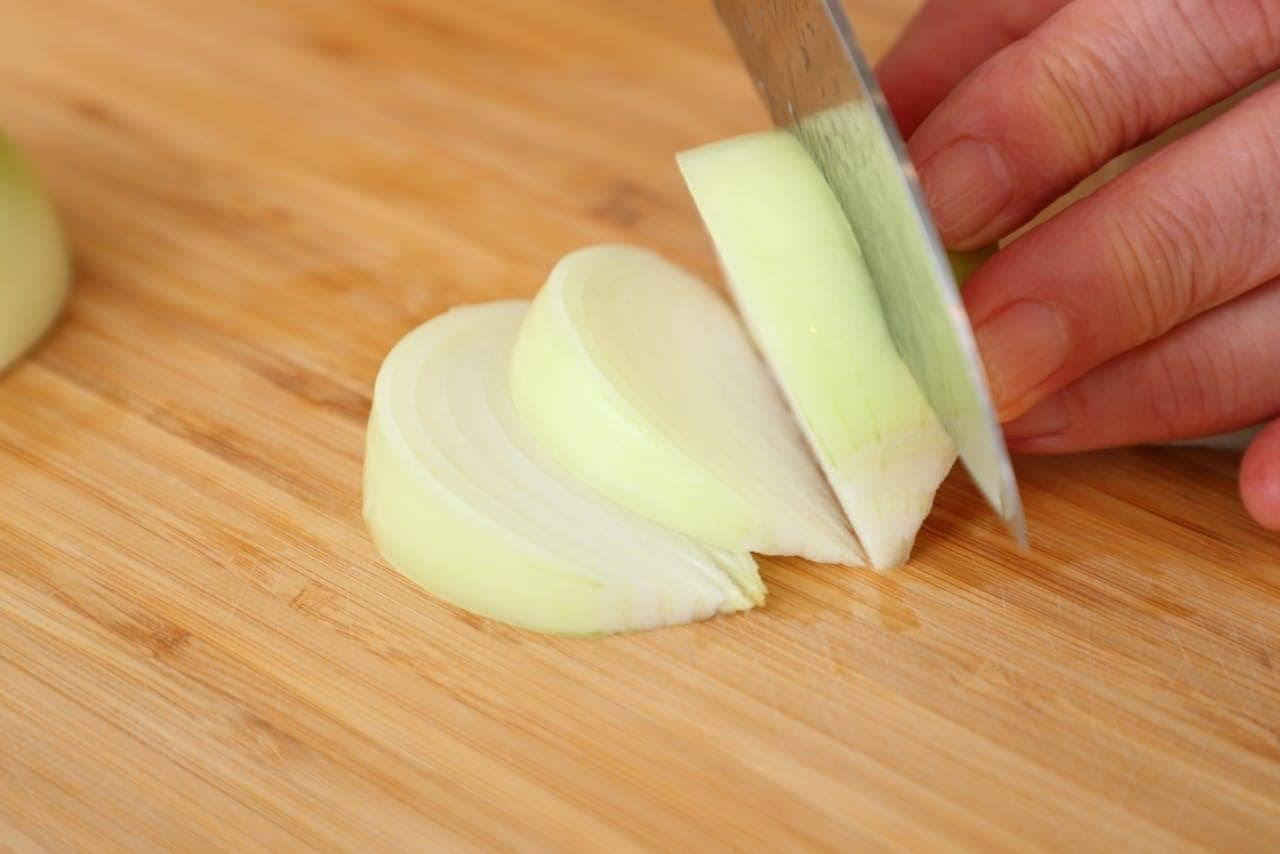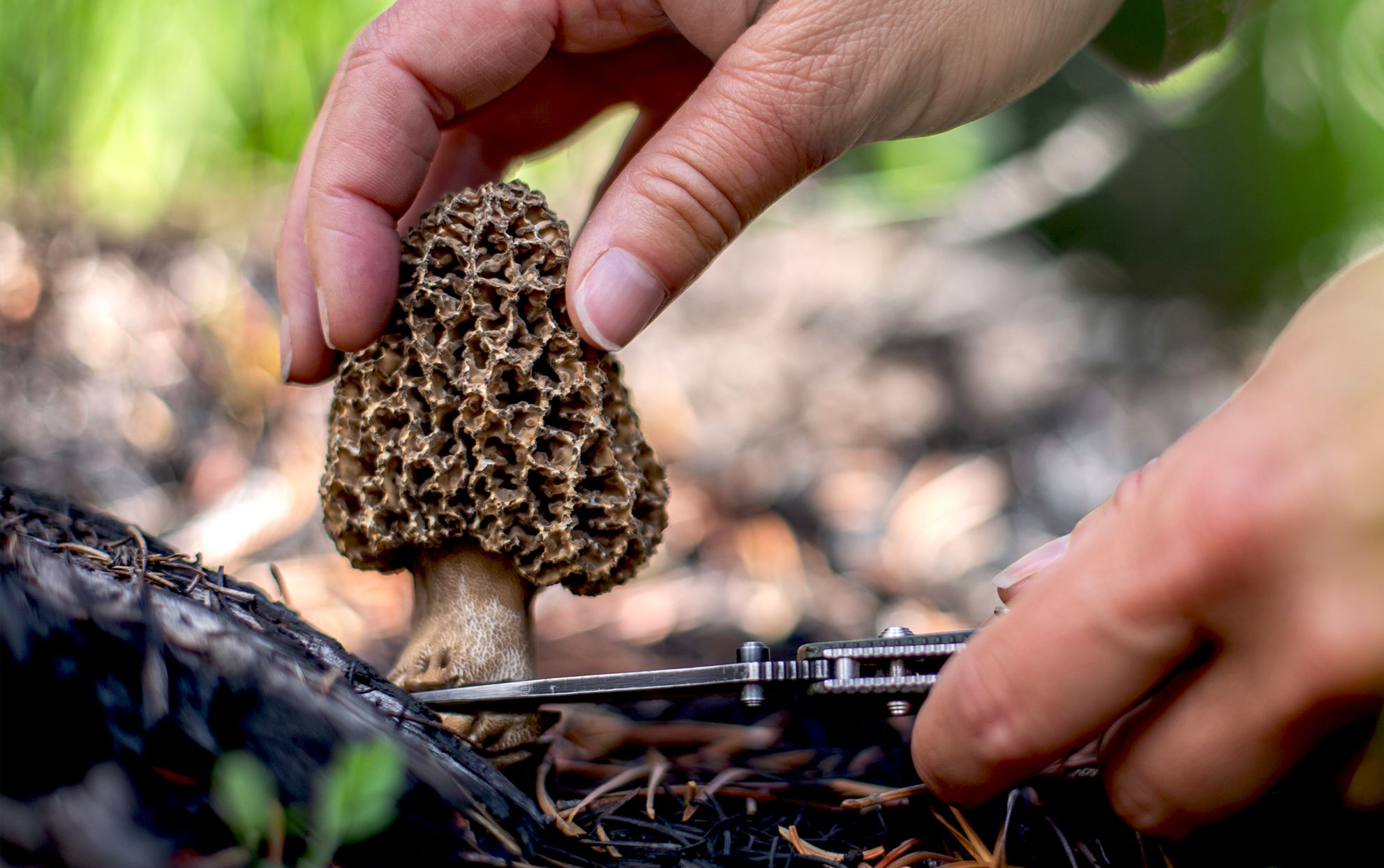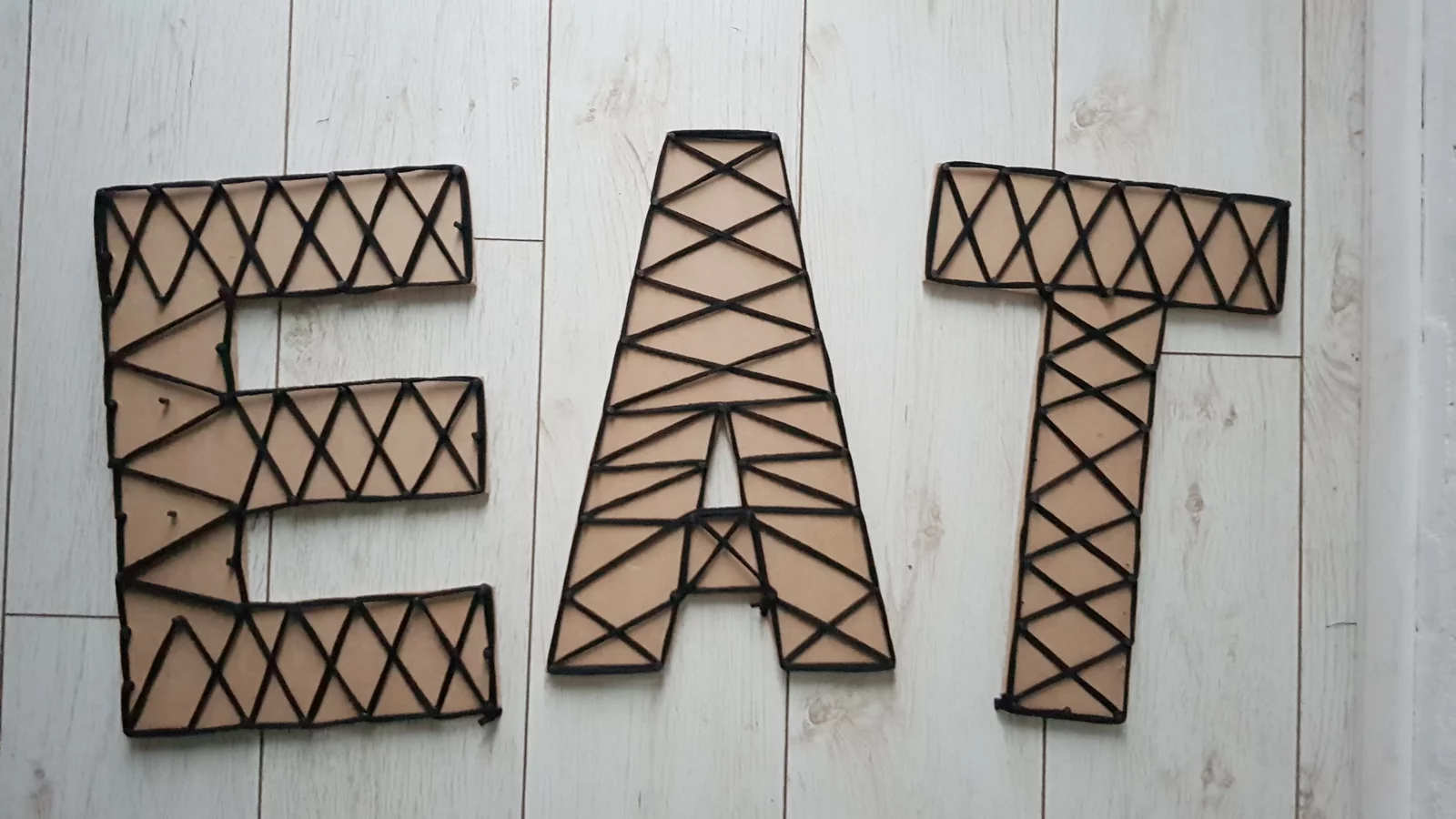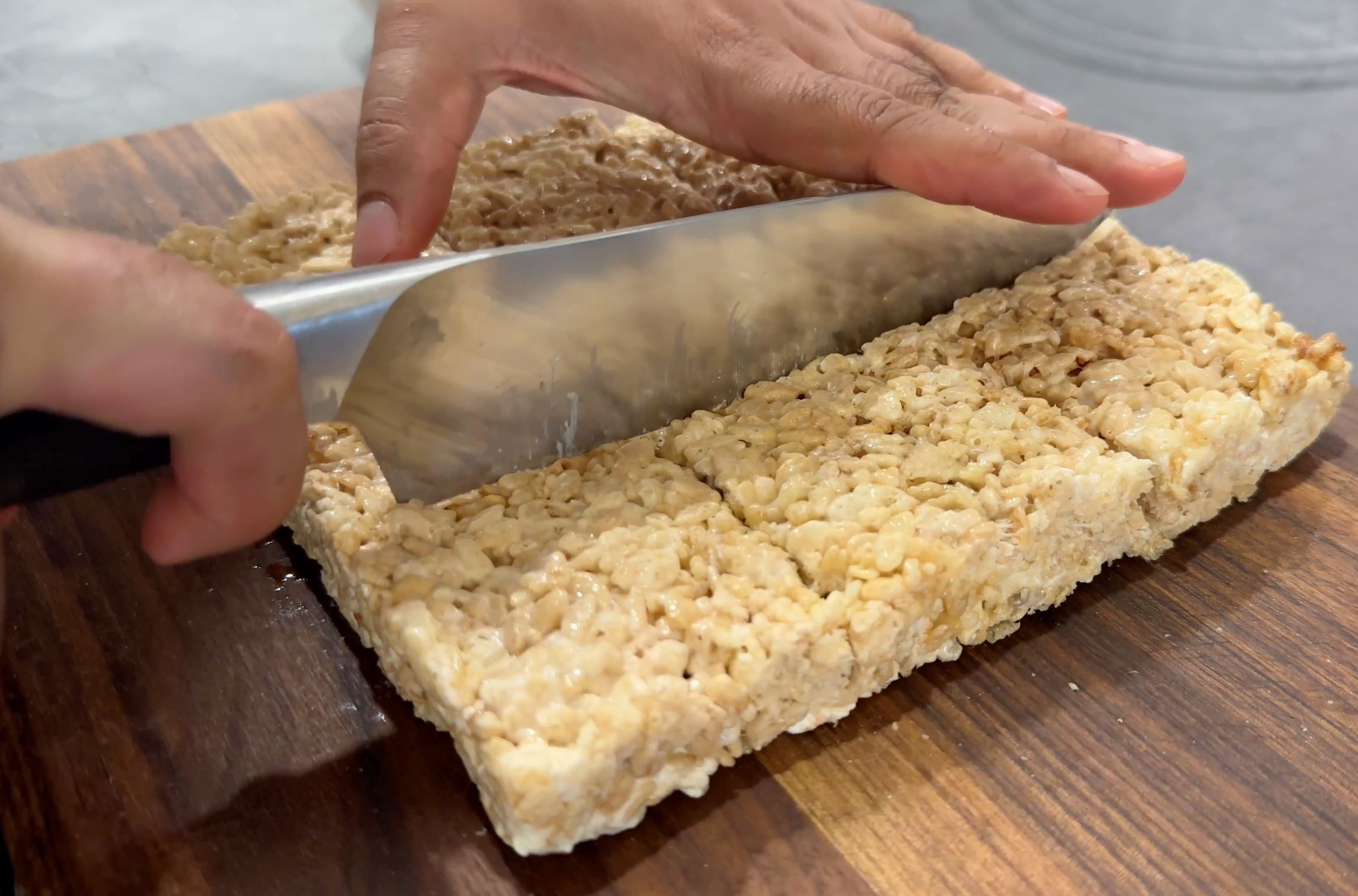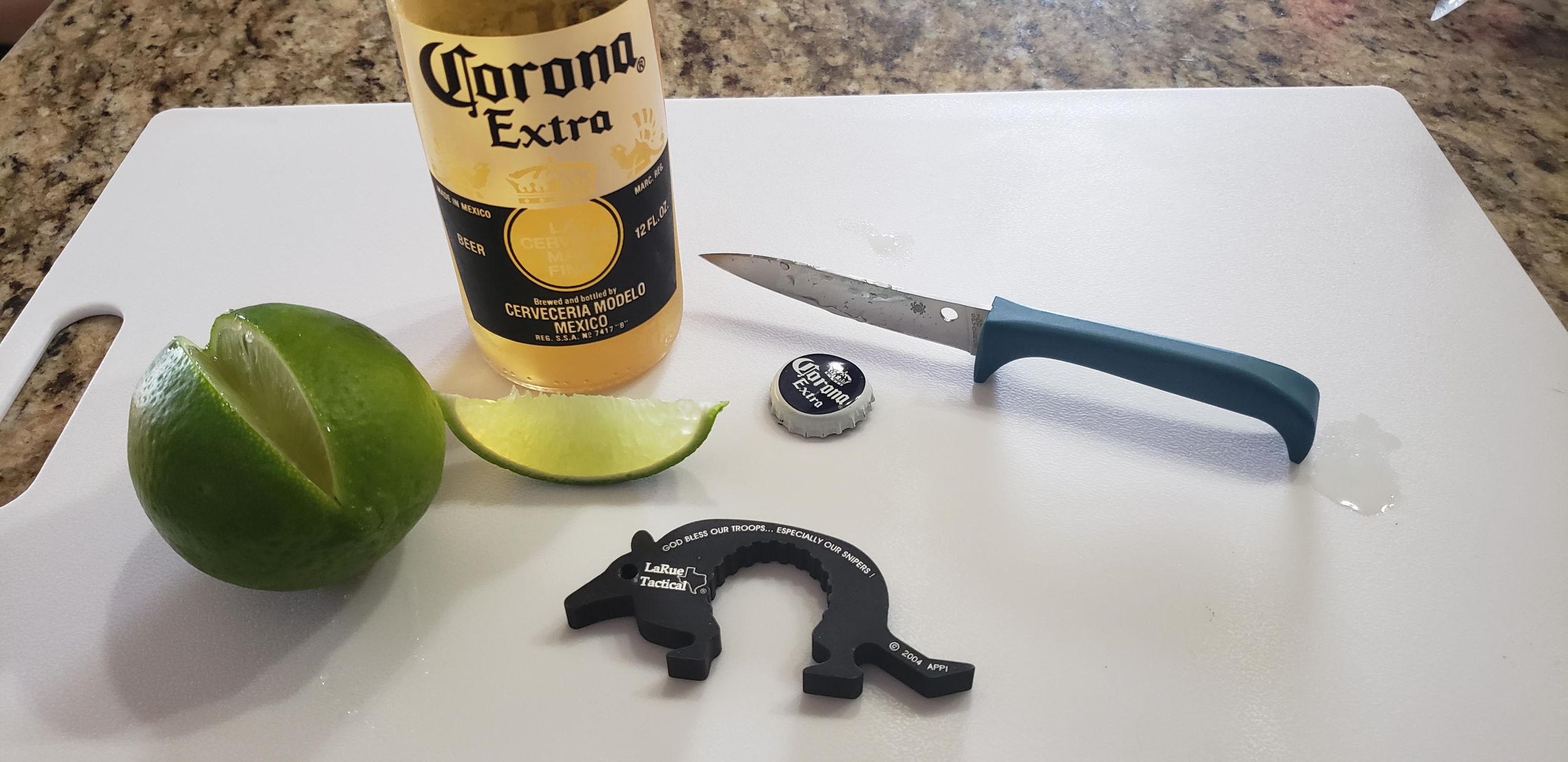How to Cut Grass with a String Trimmer
When it comes to maintaining a well-manicured lawn, a string trimmer is an essential tool in every homeowner’s arsenal. This versatile piece of equipment is perfect for tackling areas that a lawn mower just can’t reach, such as along fences, around trees, and near flower beds. In this article, we will guide you through the steps of effectively cutting grass with a string trimmer.
1. Prepare your string trimmer:
Before you start trimming, ensure that your string trimmer is in proper working condition. Check the fuel level, fill up if necessary, and inspect the trimmer line for any signs of wear or damage. Also, make sure to wear the appropriate safety gear, including safety glasses, ear protection, and long pants.
2. Adjust the height:
Most string trimmers come with an adjustable cutting height feature. Set the trimmer to a comfortable height that allows you to maintain control while cutting. Keep in mind that cutting too low can damage your grass, while cutting too high may leave some areas untouched.
3. Start with the edges:
Begin by trimming the edges of your lawn to create neat, straight lines. Hold the trimmer at an angle and move it along the edges, allowing the trimmer line to cut through the grass. Take your time to ensure clean and precise cuts.
4. Trim around obstacles:
Next, navigate around obstacles such as trees, shrubs, and flower beds. Hold the trimmer in a vertical position to trim the grass around these objects. Take extra care not to damage the bark of trees or the stems of plants.
5. Cut in sections:
Divide your lawn into manageable sections and trim one section at a time. Start from one end and work your way towards the other, using steady and even movements. Overlap each pass slightly to ensure no patches of grass are missed.
6. Use proper technique:
Hold the trimmer with a firm grip and maintain a steady pace as you move along. Keep the trimmer parallel to the ground and swing it back and forth in a smooth, sweeping motion. Avoid tilting the trimmer too much, as it can cause uneven cutting.
7. Trim against the grain:
If your grass tends to lean in a particular direction, trim against the grain to achieve a more uniform look. This will help prevent the grass from looking uneven and give your lawn a professional finish.
8. Clean up the clippings:
After you have finished cutting the grass with your string trimmer, it’s important to clean up the clippings. Use a rake or leaf blower to collect the trimmings and dispose of them properly. This will leave your lawn looking clean and tidy.
By following these steps, you can achieve a well-groomed lawn using a string trimmer. Remember to take your time, use proper technique, and prioritize safety. With a little practice and attention to detail, your lawn will be the envy of the neighborhood.
Was this page helpful?
Read Next: How To Cut Epoxy Resin Countertops


